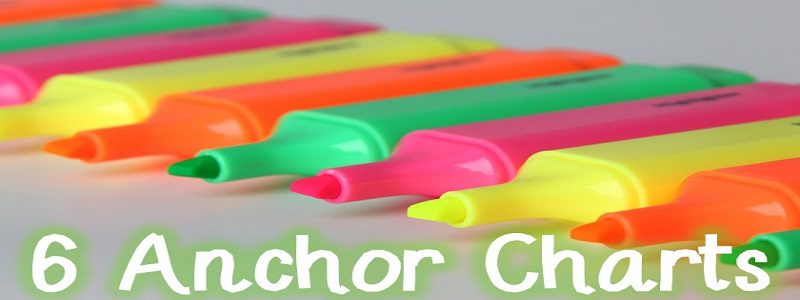A Simple Argumentation Activity on the UN ‘Declaration of the Rights of the Child’ (1959)
One of our partner schools is in the midst of a unit on the challenges of childhood in their English language arts classes. One of the readings they are discussing is the 1959 United Nations Declaration of the Rights of the Child, which lays out an elaboration and further definition of the UN’s foundational Universal Declaration of Human Rights (1948) line that reads:
Motherhood and childhood are entitled to special care and assistance.
The Stock Market Sector Scuffle — Teaching Financial Literacy Through Argumentation
Overview
The Stock Market Sector Scuffle teaches math-based financial literacy using a real-world scenario in which students have to produce and analyze a financial data set in order to build arguments to convince “investors” that their sector-based stock portfolio holds the greatest promise of financial returns.
School-Designed Academic Argumentation Anchor Charts
Overview
One instructional technique that has taken off this year at Argument-Centered Education partner schools is the use of the anchor chart. These have often been teacher-created, sometimes they’ve been the work of departments or a leader or team working on behalf of the whole school. Anchor charts have become an integral part of argument-centered instruction across the ACE network.
Only Connect: Making Cross-Disciplinary Incorporation of Argument More Coherent & Consistent
Only Connect.
— E. M. Forster, Howard’s End (1910)
When schools implement any “intervention” or improvement initiative there is the inherent challenge in trying to attain not only a fidelity to its core principles, but also a coherence and consistency across classes, teachers, and disciplines. Schools, as intensifying reform waves have come to appreciate ever more deeply, are complex institutions with many moving parts and individual and group intentions and agendas. The service model deployed, and theory of change embraced, by Argument-Centered Education only heightens the difficulty level, and the importance, of achieving cross-disciplinary and faculty-wide coherence and consistency of understanding and implementation.
Argumentative Claim Formulation Activity
A claim is the skin and the exterior, the tip and leading edge, of an argument. This is why when people ask what arguments someone is making, it is common and quite proper to respond by relating their argumentative claims. Claims are short-hand for arguments; one’s argumentative claims are unevidenced arguments, and one’s arguments are evidenced claims.
The strength of the claim is in some fundamental ways the strength of one’s idea. Formulation of the argumentative claim is deceptively difficult. Getting your argumentative claim just right is getting your idea, your viewpoint, your interpretation just right.






